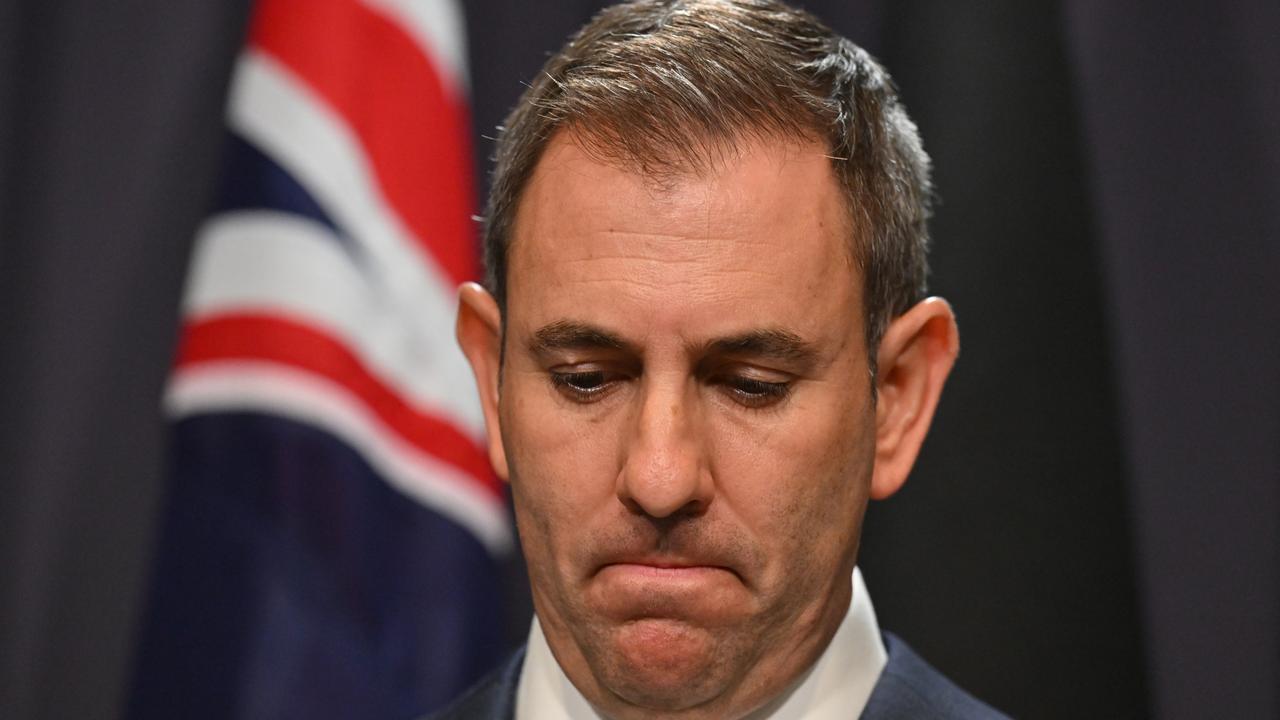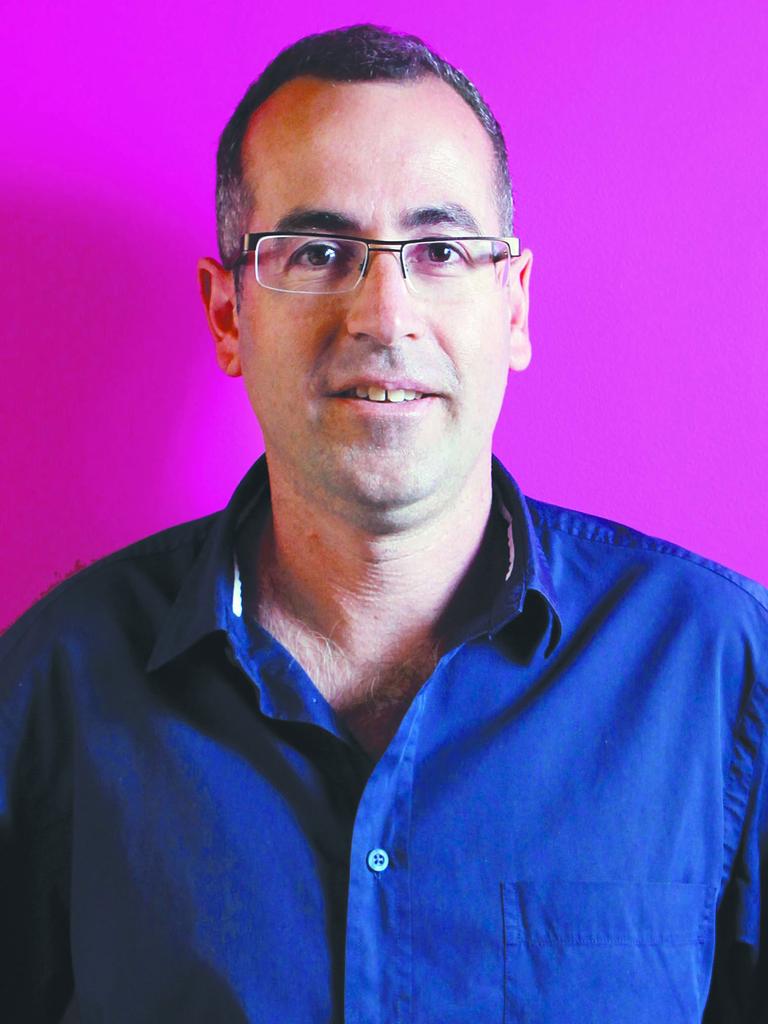Super funds add to ‘too high’ fees by using expensive external managers
Super funds are spending more than $2.5 billion of members’ money annually on top end of town fund managers, adding to fees that experts say are too high.
Super funds are spending more than $2.5 billion of members’ money annually on top end of town fund managers, adding to fees that experts say are too high by world standards.
Official statistics show that over the eight years to 2022, super funds streamed $18.2bn from retirement savers to fund managers, part of a $45.3bn bonanza enjoyed by an army of administrators, consultants, lawyers and other service providers hired by the sector.
Last year just one investment manager, IFM Investors, which is owned by union and employer-controlled industry super funds, collected $412m in fees from its hundreds of clients.
Experts question whether super funds are getting value for members’ money when they pay external fund managers to direct investments rather than taking care of it in house.

They say reducing fees, which currently average about 1 per cent of super balances, is more urgent than the Albanese government’s proposal to enshrine a purpose for super in legislation – something Treasurer Jim Chalmers last month said would enable more investment in nation building projects.
Xavier O’Halloran, the head of Super Consumers Australia, said that while it was important to have a debate about what superannuation was for “in terms of the here and now and what the trustees are delivering, this focus on fees is really important”.
“It will put more money in the savings accounts of people, ultimately, which is going to lift the performance of the system overall.”

Disclosure documents show that the country’s top three super funds – AustralianSuper, Australian Retirement Trust (ART) and Aware Super – use dozens of external investment advisers including Seek co-founder Paul Bassat’s tech group, Square Peg, investment bank Macquarie Group – dubbed the “millionaire’s factory” due to its high executive pay – and IFM Investors, which is itself owned by a group of industry super funds.
The biggest fund, AustralianSuper, paid $669m in investment expenses last year, while ART paid $350m and Aware paid $479m.
According to Canstar data, the highest-fee fund in Australia is Perpetual Select, which charges $1024, or 2.05 per cent, to manage $50,000 in super savings, and last year lost members 6.1 per cent.
For the same balance the lowest-fee option, REST Super, charged just $133, or 0.27 per cent, but performance was worse with the fund shedding 8.5 per cent of its value.
Canstar executive Steve Mickenberger said it was questionable whether external investment managers were doing a better job picking stocks than index funds that simply track the market at large.
“When you look at the returns from some funds, you’ve got to scratch your head and say, ‘Are they doing better than the index over an extended period’,” he said.
“And now we’ve published the five-year returns and you can see that there are some index funds that are performing pretty well.”
He said funds that invested directly in property and infrastructure, such as toll roads, tended to do well. Funds with lower fees also generally did better because taking out fees reduces the amount available to invest.
Canstar’s data shows that average fees for mainstream MySuper funds fell from 1.27 per cent in January 2019 to 1.06 per cent in January this year.
The fall follows the introduction of performance tests in 2021 as part of the Morrison government’s Your Future Your Super package that have forced funds with sub par returns to merge with better operators.

However, Mr O’Halloran said fees should be further reduced.
“If you look at the tens of billions of dollars it’s costing to run Australia’s superannuation system, I think there’s still more value to be had,” he said.
“Any of that value goes directly back into people’s retirement balances.”
Fund performance tests currently only cover the simpler MySuper funds, which hold about half Australia’s $3.3tn super nest egg, and exclude so-called “choice” funds, which hold the rest and typically offer retirement savers a long list of investment options.
Mr O’Halloran said this meant choice funds have been “able to get away with charging exorbitant fees without any real proper checks and balances in place”.
“We know the government is reviewing right now whether and how to expand the performance says to the choice segment – we’re really encouraging them to get on with the job because we know there are significant cost savings that will flow from that,” he said.




